By Gail Gold

A friend was visiting me in Mexico and I said: Let’s go shopping. For what? she asked.
For Talavera, and off we went.
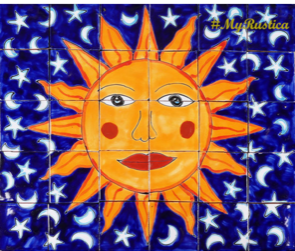
Talavera is a type of ceramic pottery, made for centuries in Mexico.
Under the umbrella of Majolica, which is earthenware, Talavera is a handmade pottery style in clay. From the Moorish invasion of Spain in the 13th century, Spanish artists became experts in producing this beautiful art. Then it trickled down from the central Iberian town of Talavera de la Reina, Spain to Mexico. That city was called “La Ciudad de la Ceramica,” or “The City of Ceramics.” During the colonization of Mexico under the Spanish rule, the rich history of Talavera, as we know it today, came to be.
Centuries ago the Aztecs produced pottery in red and orange clays. It was used mainly for cooking and religious art. The Mayan culture used clay from riverbeds, mixed with sand depicting their religious figures. Both cultures fired their work in open air kilns, some still used today. Animals, fish, flowers, and patterns were common themes.
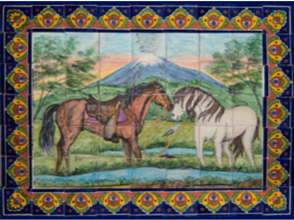

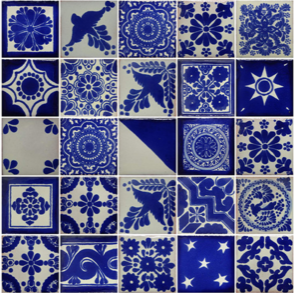
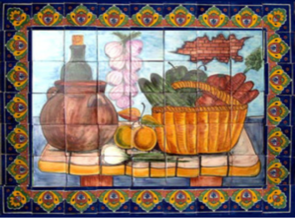
The city of Puebla was the hub of pottery making and with the potters wheel many quality pieces were turned out. The reason why Puebla was so important is the rich black and white volcanic soils used to make Talavera. The uniqueness of Talavera pottery and tiles, called azulejos, is characterized by patterns and vivid colors painted over a white or clay background and glazed to a high shiny finish. The picture of Guadalupe, the patron saint of all Mexico, must be included in beautiful Talavera pieces.
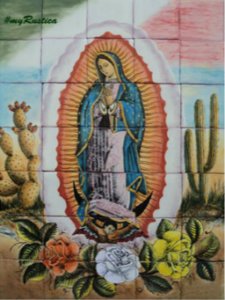
Soon regulations were in place to protect Talavera and potters’ guilds were formed. How can you tell if a piece is true Talavera? They are certified with the potter’s signature, the logo of the workshop, and a special hologram certifying the authenticity of the piece.

Today in the SW of the United States, especially New Mexico and Arizona, Talavera place settings are seen on dining room tables, tiles decorating walls and counters in kitchens, scenes, vases, planters, sinks, mirrors, and sconces. It never fades, can be used outside, easy to clean with a damp rag. But it contains lead and it is not recommended to store food in it as it can absorb the lead in the glaze. Below are some beautiful examples of Talavera.
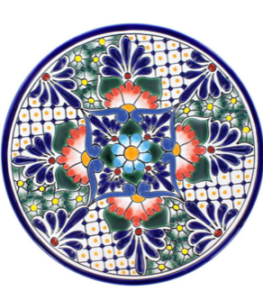



Not only does Talavera make you smile, it adds so much beauty to your home.
Go shopping!!





